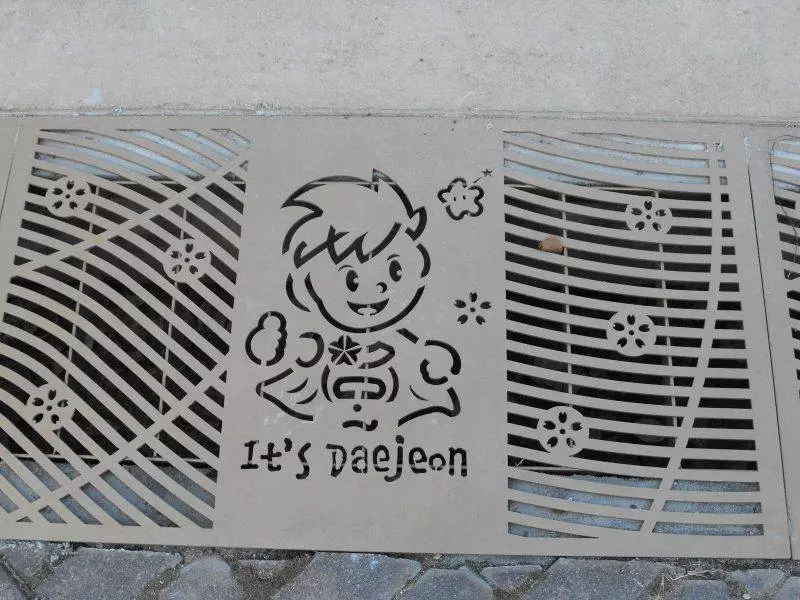
Welcome to Daejeon – South Korea’s fifth-largest city, and second-fastest-growing city only to Seoul. According to Wikipedia, it’s population as of 2005 was 1,451,792, and is about an hour and a half south of Seoul by train. I came from the south in Busan, which took a little longer – no big deal since the trains are pretty efficient and usually very clean.
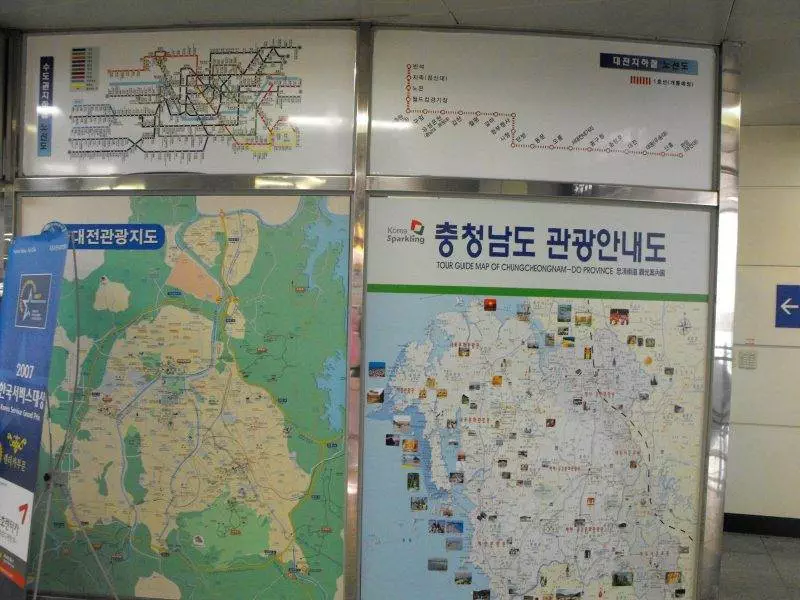
The first oddity I noticed was the signage in the Daejeon train station is a map of the Seoul subway system (top left corner). We’re an hour and a half away from Seoul, and Daejeon isn’t connected to it… Another oddity was the placement of these signs and the tourist information center – on the departing side instead of the arriving side. The two sides are pretty separate, even though they’re housed under the same roof. To get from one side to the other, you have to go all the way out of the station to street level, then turn around and re-enter the other side a couple of hundred meters away.
Daejeon train station is essentially connected to Daejeon subway station. Since there’s only one line there’s no getting confused about transferring or anything – just know which way you’re headed. The only problem with one line is that it hardly covers the city – but I’ll get to that later on.
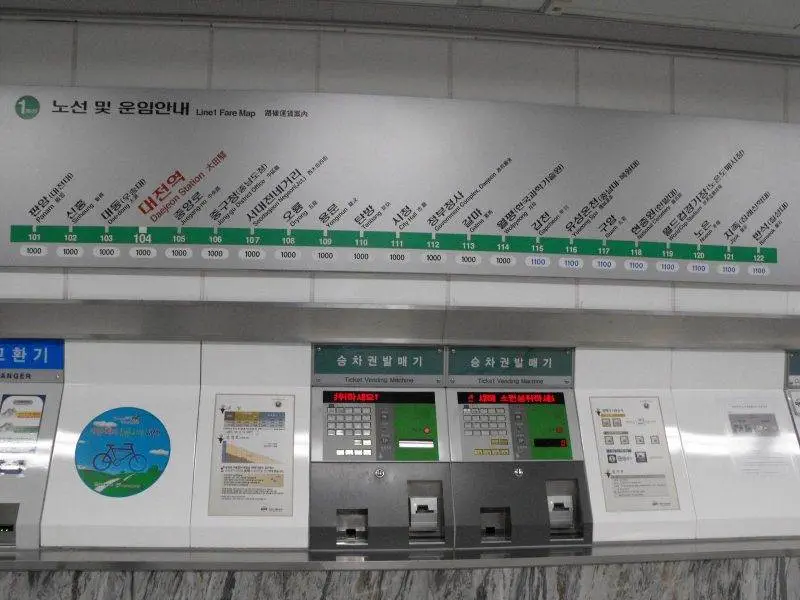
Seoul’s subway, as well as Busan’s, uses tickets or stored-value cards; Daejeon’s system uses tokens about the size of a poker chip. Buy the one-trip token for 1,000 won or 1,100 won from any of the automated machines (buy up to 4 at a time for later on). Scan it on the pad in the front of the turnstile to get on the subway; when you reach your destination, drop the token in the coin slot.
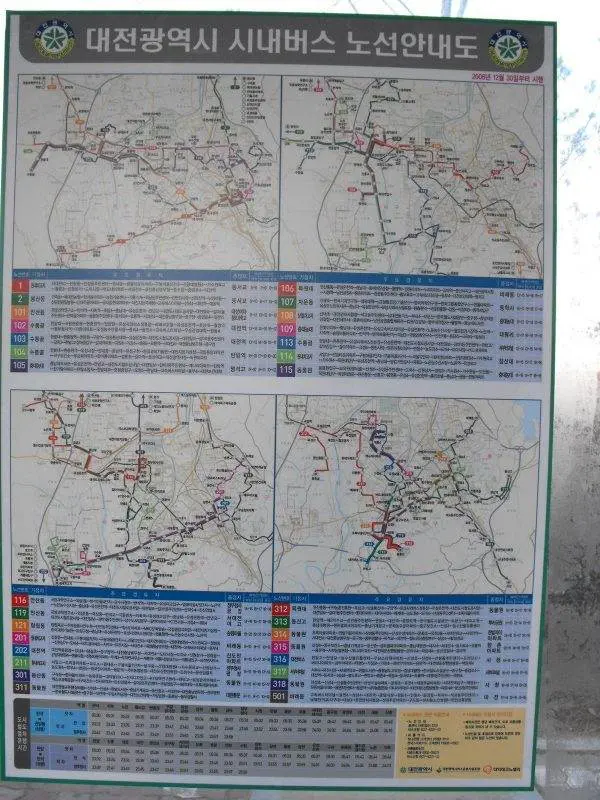
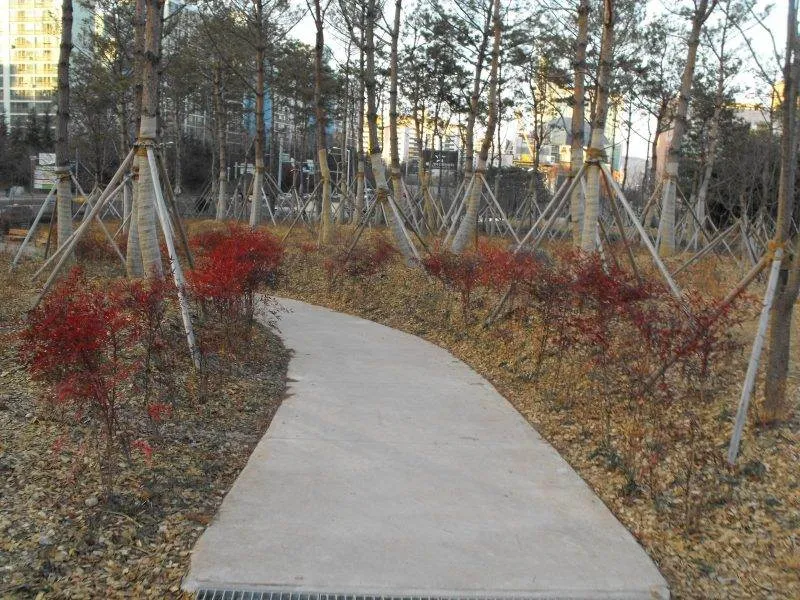
After walking for awhile in the direction I thought was the Expo Park, I discovered another park along the way. A nice little area, and a walking trail for the walkers / joggers of the area, but not what I came to see.
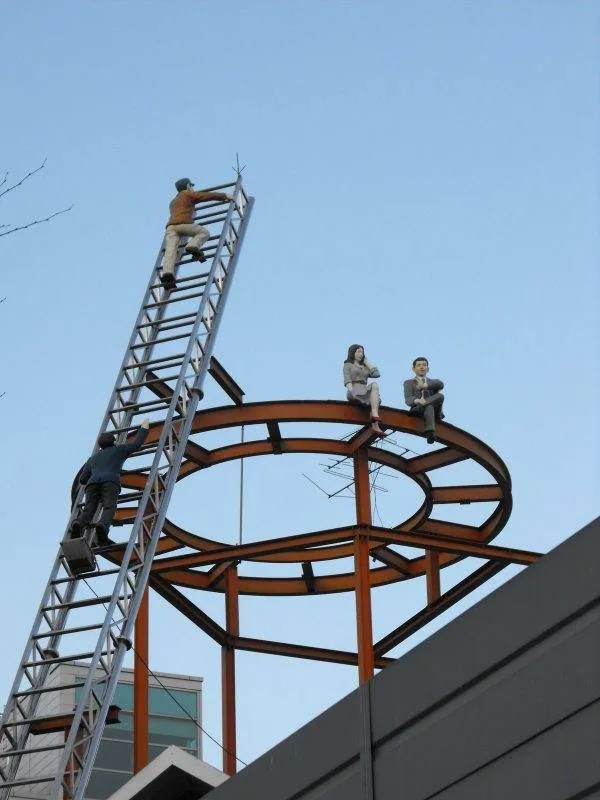
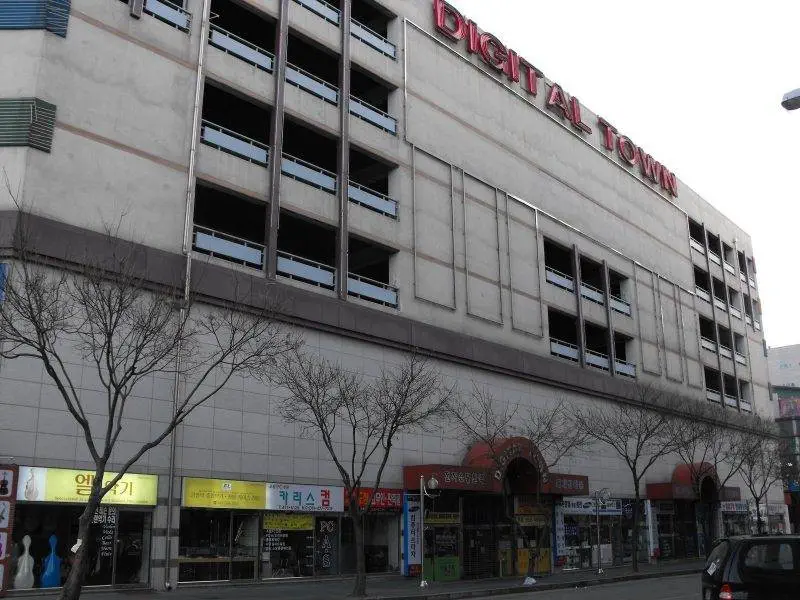
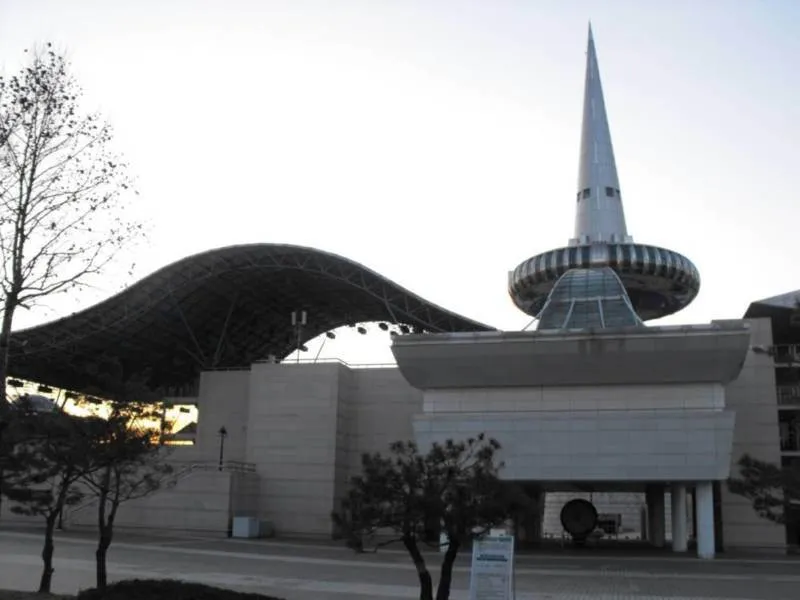
Hey, look, Expo Park!!
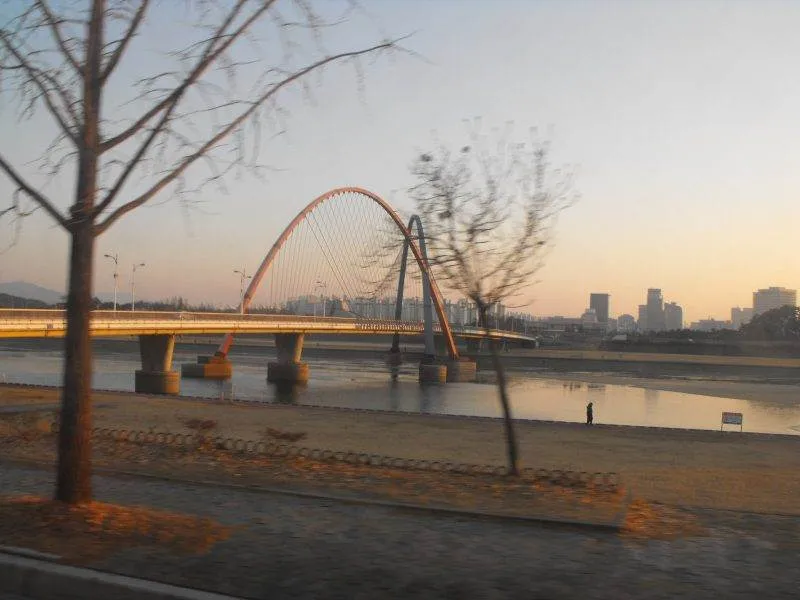
The river across the road from Expo Park.
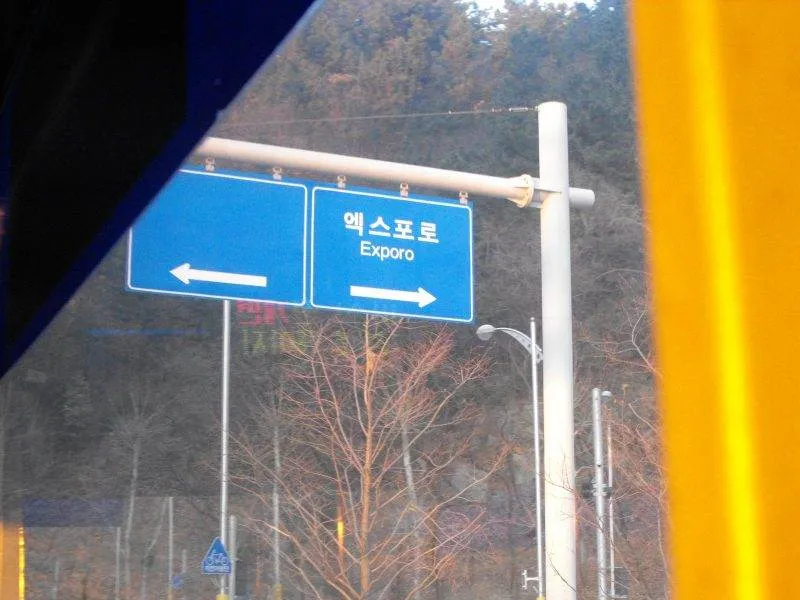
And coming up on your left… nothing… The bus route apparently took us into an area called Smart City – an area of apartments and lots of construction happening nearby. The infrastructure is there – now all that’s needed are some letters and hangeul to tell us what really is left.
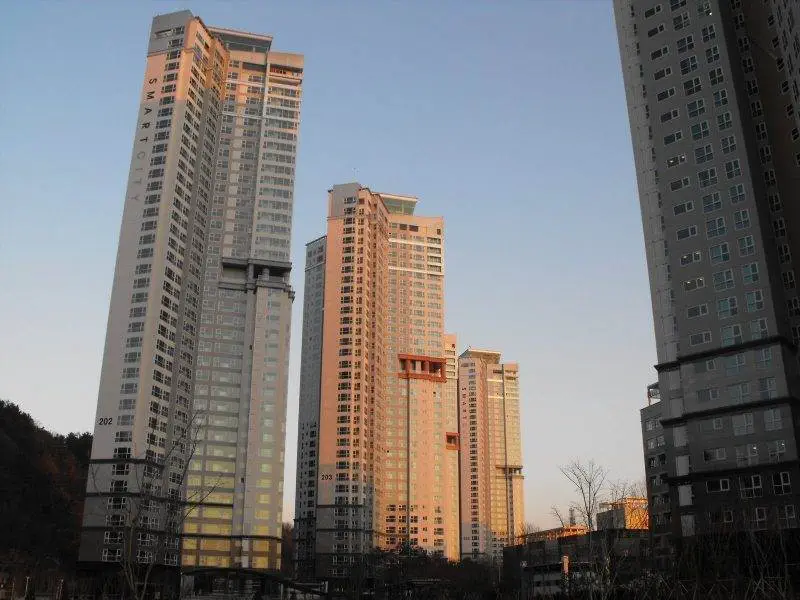
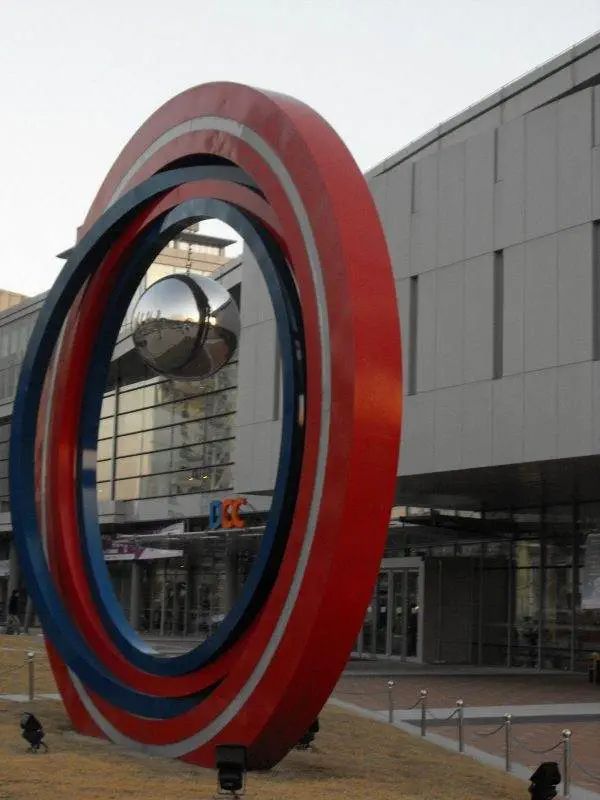
A convention center in the area – nothing special to see here for the meandering tourist like me.
Eventually it got too cold to walk around, so I hopped in a taxi and headed to another area of Daejeon called Yuseong-gu.
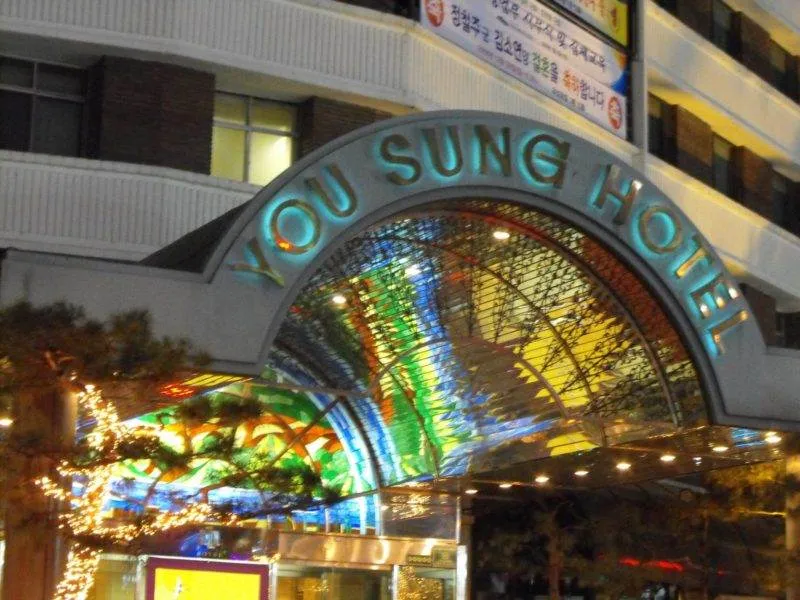
Yuseong is one fairly glitzy area of Daejeon that seems emptier than it should be. While it’s most famous for the Yuseong Hot Springs / Spa (유성 온 천), there’s quite a few restaurants, bars, and a few ‘business clubs’ (although one can only guess what sort of ‘business’ goes on inside). On one hand, the two times I went were both cold, and one was New Year’s Night – a day when most Koreans were likely staying at home enjoying the holiday, or simply staying in because of the temperature.



Dude, I’m exhausted just reading about all the stuff you did on this vacation, much less attempting to do it!
I know you’re uploading everything piecemeal having started on the 4th or so, but what were the dates of your trip(s)?
For you, it really is Korea Sparkling!
@Tuttle:
I’ll put things in chronological order (retrospectively, of course) eventually. The actual dates of my trip? I left Seoul on Friday night, December 26th, and returned to Seoul on Sunday afternoon January 4th.
There’s a lot more to see around Korea than the typical festivals and tourist destinations. When you have a spare weekend, experiment for yourself! Take the train to another larger city (Daegu, Daejeon, Busan, Gwangju, Incheon) and enjoy being a tourist for a night and a day. Walk the proverbial mile in the local’s shoes. There’s always something interesting to see 🙂
My name is Hongjoo Lee. I have been living in Daejeon. Your comment regarding the information center at the station was ‘brilliant’. I am going to leave a memo on the website of the station and of the city hall